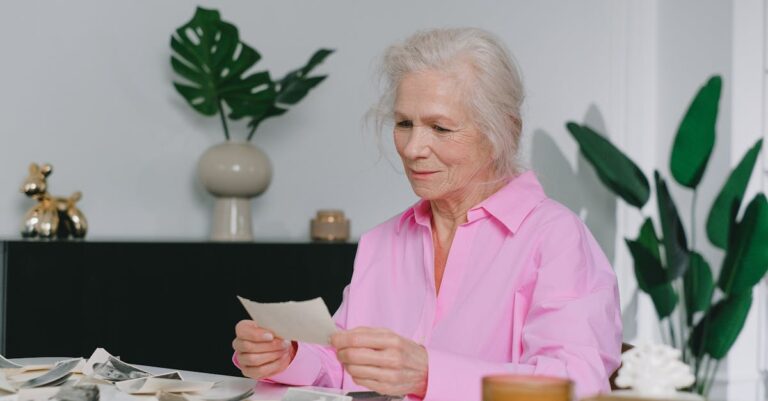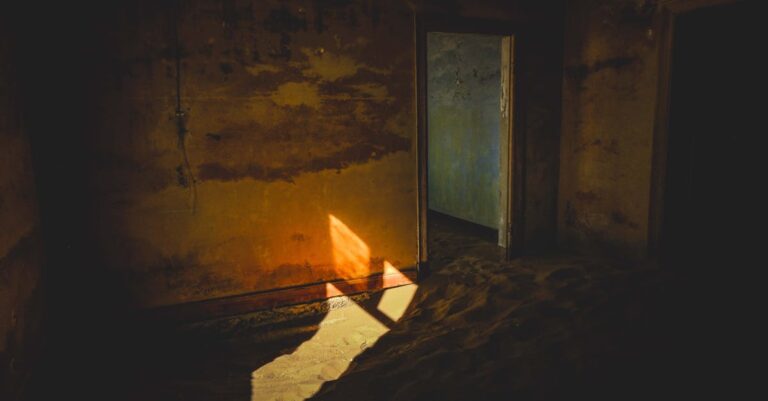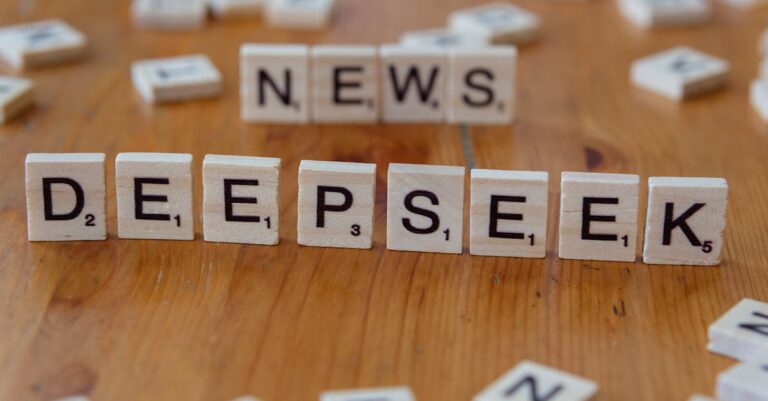
## The Resonance of Hands
Prague, 1928. Dust motes danced in the weak afternoon sun slanting through Elias’s workshop window. The scent of brass shavings, aged wood, and the faint tang of oil hung heavy in the air. Elias Havelka squinted, adjusting his spectacles for the tenth time that hour. Not because of the intricate mechanism sprawled across his workbench – a commission for Baron Von Hess, a ludicrously ornate cuckoo clock depicting scenes from the Trojan War – but because of a photograph. A blurry black and white image clipped to his corkboard, featuring three figures in elaborate silk robes. Performers. Korean performers.
He traced a finger across the grainy surface, focusing on the hand of the central figure – Master Jin-woo. The photograph captured him mid-gesture, a delicate arc of the wrist and fingers that seemed to defy gravity. It wasn’t merely a gesture, Elias realized; it was a vibration. A subtle shift in the air itself.
Elias hadn’t sought out this fascination. It arrived like an unwelcome guest, uninvited but insistent. He’s always been nearsighted, a persistent distortion of vision that blurred edges and created phantom movements. A lifelong curse, he’s thought – until now.
The Korean troupe, the Order of Silent Harmony, arrived in Prague a month ago, heralded as purveyors of an ancient philosophical demonstration. A series of performances held in the National Theatre, showcasing a wooden box formation and breathing exercises purporting to reach universal consciousness equilibrium. Most dismissed it as elaborate theatre, a clever distraction from the anxieties of the era.
But Elias saw something more. He’s seen it first during Master Jin-woo’s performance – a fleeting shimmer in the air, a microtonal adjustment of light and shadow that existed only in his skewed perception. Something he’s always dismissed as a trick of the eye, a consequence of his flawed vision. Then it happened again – during Master Lee’s demonstration, the same ephemeral ripple occurred when he raised his hand in a specific angle. Again during Master Park’s demonstration, the ripple returned when he tilted his palms upwards.
He felt a peculiar resonance, a mirrored vibration within himself that seemed to synchronize with the performers’ gestures. A connection forged through imperfect sight, a symphony of distortion and displacement.
He shifted his focus back to the cuckoo clock mechanism. Gears whirred softly, a reassuring rhythm of precision and order. But the ordered world of springs and levers felt… insufficient. The Baron desired a trinket, an imitation of life. Elias craved something real. Something tangible yet intangible.
The National Theatre buzzed with anticipation two days later as the Order of Silent Harmony took to the stage. The vast auditorium dimmed, focus shifted toward the rectangular wooden box formed at center stage. Elias found his usual spot in the balcony, hidden among the shadows, a solitary observer amongst the sea of expectant faces.
He focused on Master Jin-woo. The performance began, slow breaths filling the air, movements deliberate and precise. Elias’s heart quickened as Master Jin-woo began a sequence involving specific hand placements, utilizing a subtle rotation of the wrist. It happened again. The familiar shimmer, that fleeting distortion he was coming to recognize as a unique visual manifestation of the Korean demonstration. He leaned forward, straining his eyes trying to pin it down, cataloging it like a scientist examining an anomaly.
“Remarkable,” a voice murmured beside him. A woman, elegantly dressed in emerald velvet, studied the stage with an air of detached amusement.
“Is it?” Elias mumbled, unconsciously pulling back from the woman’s gaze.
“A clever bit of theatre, wouldn’t you say? The Eastern mystics are always so theatrical.” She chuckled softly.
“I… I’m not sure,” Elias stammered, feeling a knot tighten in his chest. “There’s… something else.”
She raised an eyebrow, a flicker of curiosity in her eyes. “Oh? And what might that be?”
He hesitated, unsure how to articulate the phenomenon he was witnessing. “It’s difficult to explain.”
“Try,” she prompted, a hint of challenge in her voice.
He swallowed, gathering his thoughts. “I… I see things differently than most people. My eyesight is flawed.” He gestured towards his spectacles. “But I’ve been noticing… certain visual disturbances during the performance.”
“Disturbances?” she repeated, her tone laced with skepticism.
“Yes,” he said, pressing on, “These disturbances seem very specific to these hand gestures. It’s like… a shimmer in the air, an adjustment in light and shadow.”
She studied him intently, her expression unreadable. “And you believe this is somehow related to the demonstration?”
“I don’t *believe* it. I *see* it.” He felt a surge of frustration, the need to defend his perception against her disbelief.
He shifted uneasily, a sudden awareness of how ridiculous he must sound to someone who perceived the world with such clarity. He averted his gaze, retreating back into the shadows. “Never mind.”
She paused, studying him for a long moment before speaking again, her voice softer now. “You see things others don’t. Perhaps that is a gift.”
He didn’s respond, lost once again in the synchronized movements of Master Jin-woo.
The next day, Elias returned to his workshop with a renewed sense of purpose. The cuckoo clock felt less like an obligation and more like an impediment. He set it aside, pulling out a fresh sheet of paper and meticulously sketching the hand gestures he’d witnessed. He filled pages with detailed diagrams, painstakingly recording every angle, every rotation of the wrist. He felt compelled to understand, to quantify the phenomenon he was witnessing through his imperfect vision.
A week later, a knock echoed from his workshop door. He opened it to find the woman from the theatre – her name, he learned, was Countess Anya Volkov.
“You are Elias Havelka?” she inquired, her voice composed and elegant.
“Yes,” he replied cautiously.
“I’ve been studying your sketches,” she said, holding up a copy of his diagrams. “Quite remarkable.”
He felt a flush creep up his neck, surprised by her attention. “They are just… observations.”
“Observations with a startling degree of precision,” she countered, her eyes filled with genuine intrigue. “I am fascinated by the Order of Silent Harmony as well.”
“You are?”
“Yes. I am a scholar, specializing in Eastern philosophies.” She paused, looking directly at him. “But my approach is… unconventional.”
“Unconventional how?” he asked, intrigued.
“I focus on the unseen,” Anya declared, “the subtle energies that underpin reality.” She extended a hand. “I believe your observations could be instrumental in understanding the Order’s demonstration from a perspective that is quite… novel.”
He hesitated, considering her proposal. Trusting someone with his unusual perceptions felt risky, but the prospect of exploring this phenomenon alongside someone who shared his intellectual curiosity was too alluring to resist.
He took her hand, a tentative handshake sealing an unlikely partnership. “I would like to help.”
Their collaboration began cautiously, Elias documenting his visual distortions with meticulous detail while Anya researched the historical and philosophical underpinnings of the Korean demonstration. They pored over ancient texts, deciphered cryptic symbols, and debated the nature of consciousness with an intensity that bordered on obsession.
Elias, using his unique visual ability, could identify patterns invisible to Anya’s clearer sight. He realized the “shimmer” he observed correlated with a slight alteration in atmospheric pressure, induced by specific breathing techniques employed during the demonstration. Anya theorized that this subtle manipulation of air pressure created a resonant frequency, capable of influencing human perception.
“It’s not about seeing something that isn’t there, Elias,” Anya explained one evening, their workshop bathed in the soft glow of lamplight. “It’s about perceiving a reality that exists beyond our ordinary senses.”
Their research led them to believe the Order was not merely performing a demonstration, but actively attempting to manipulate collective consciousness. The wooden box formation and breathing exercises were tools for channeling subtle energies, creating a temporary state of heightened awareness within the audience.
“They believe that by synchronizing their breathing and movements, they can tap into a universal consciousness field,” Anya explained, tracing her finger across a diagram of the wooden box formation. “A field that connects all living things.”
Elias felt a wave of apprehension wash over him. The implications of their discovery were profound, potentially destabilizing the foundations of established scientific understanding.
“What do we do?” he asked, his voice barely above a whisper.
Anya looked at him with a determined glint in her eyes. “We continue our research, Elias. We uncover the truth.”
Their pursuit of knowledge led them to a hidden chamber within the National Theatre – a secret room used by the Order for private rehearsals. There, they found scrolls detailing a more radical interpretation of the demonstration’s goals: not merely to achieve universal consciousness equilibrium, but to actively influence global events.
The Order believed that by subtly manipulating collective emotions and beliefs, they could steer humanity towards a predetermined future. A future shaped by their own vision of harmony and order.
Elias felt a chill run down his spine. The thought that these ancient practices could be used to control minds, to manipulate entire populations, was terrifying.
“We have to expose them,” he said, his voice filled with a newfound resolve.
Anya nodded grimly. “Agreed. But we must be careful. They are powerful and well-connected.”
Their attempt to expose the Order was met with resistance, denial, and blatant attempts at intimidation. Powerful figures within Prague’s elite dismissed their claims as the delusions of a nearsighted clockmaker and an eccentric scholar.
But Elias and Anya refused to be silenced. They meticulously compiled evidence, gathering testimonies from disillusioned members of the Order and documenting their clandestine activities.
Their efforts culminated in a public debate held at the National Theatre, challenging the Order’s legitimacy and revealing their hidden agenda. The event drew a large crowd, including skeptical journalists, prominent intellectuals, and curious onlookers.
The Order’s leader, Master Jin-woo, vehemently denied their accusations, portraying Elias and Anya as misguided provocateurs seeking to discredit ancient wisdom.
But then, Elias stepped forward, his voice trembling but resolute. He described his unique visual perception, detailing the subtle distortions he observed during the demonstrations—the shimmering air pressure adjustments correlating to breathing patterns.
“I see things others don’t,” he declared, his gaze fixed on the audience. “But my sight does not lie.”
His testimony, coupled with Anya’s scholarly analysis and the corroborating evidence they had gathered, swayed public opinion. The Order’s credibility crumbled under the weight of their disclosures.
The Korean delegation was quietly recalled, amidst a flurry of diplomatic murmurs and hushed accusations. The National Theatre was closed for renovations—a convenient excuse to conceal the clandestine activities that had taken place within its walls.
Elias returned to his workshop, the cuckoo clock mechanism still sitting on his workbench—a reminder of a time when he sought order in the tangible world. But now, his perception had expanded beyond the confines of gears and springs.
He glanced at a photograph pinned to his corkboard—the blurry image of the Korean performers, their hands frozen in mid-gesture. The shimmer he had once perceived as a distortion now resonated with meaning—a testament to the unseen forces that shape our reality.
He knew his eyesight would always be flawed, his perception unique. But he now understood that it wasn’t a curse—it was a gift. The ability to see beyond the surface, to perceive the subtle vibrations that connect all things—a resonance he shared with these mysterious foreigners from a faraway land.
He smiled, adjusting his spectacles as the afternoon sunlight streamed through his workshop window—a symphony of dust motes and imperfections, a perfect reflection of the world as he saw it.


